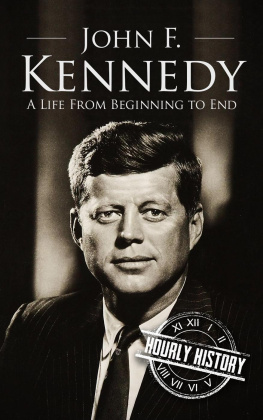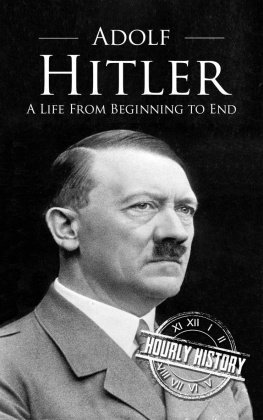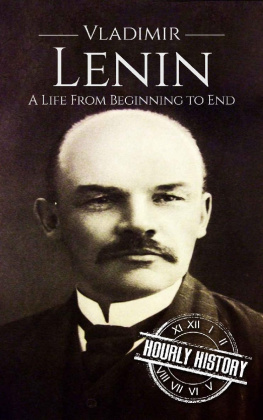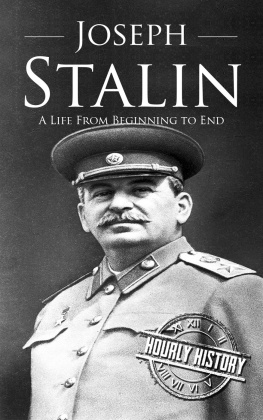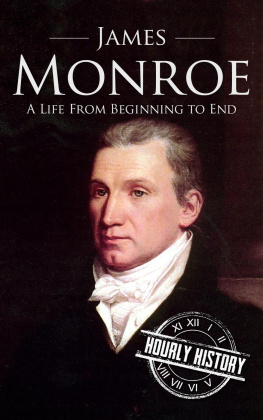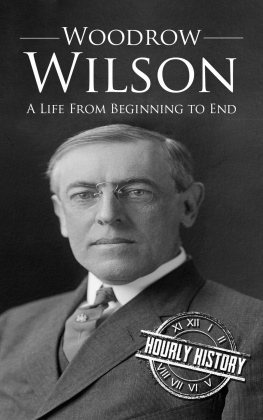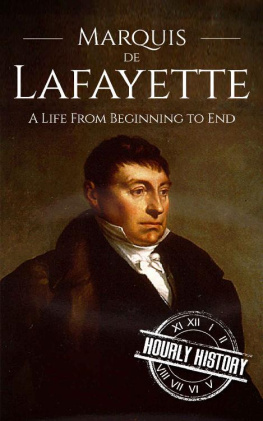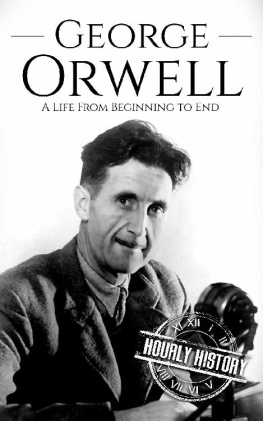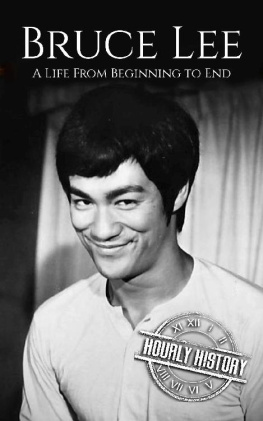Introduction
A figure of both pride and controversy, General George S. Patton is frequently looked at as someone who was both crude and eloquent; heroic and dastardly. How did someone so iconic develop such a duality in common perception?
In truth, the strange dichotomy of General Patton seemed to begin when he was a small child. His duality of spirit was something that seemed to evolve as he listened to the nightly tales of his father and his war veteran friends. Hearing their stories of infantry charges and gallant bravery in the field, the young Patton began to dream and fantasize about himself filling their big shoes.
The power of his own imagination was so great that he could picture himself right there, fighting alongside his ancestors. This visual exercise would lead him to embrace the idea of reincarnation, beginning a lifelong belief that perhaps he had lived before, fighting on battlefields in the remote past.
In later years he was famously known for regaling his friends with suggestions of potential past lives he may have lived fighting for Romes Legions, or as a trooper in Napoleons artillery. However, regardless of his mystical leanings, whether he lived one life, or indeed a billion, his spirit was certainly larger than them all.
A Patent for Patton
May God have mercy on my enemies, because I wont.
General George S. Patton
T he day that the great American General George S. Patton was born was not a day of particular significance. He arrived at the home of his already well-enshrined military family on November 11th, 1885 in San Gabriel, California. Twenty full years had passed since the close of the American Civil War, a conflict that had many of Pattons Virginia ancestors fighting for the losing side.
With this most deadly and disastrous of American wars two decades behind it, the country seemed to be relishing its newfound peace. Instead of fighting bloody wars and tearing the country apart, most American sentiment at this time was more focused on consolidating and conserving what they already had.
It was in 1885 that the Washington Monument was first dedicated, and it was also during this year that Niagara Falls State Park was established. In contrast to the severe discord the nation faced in 1865, in the year of Pattons birth, most Americans could perceive a general contentment and appreciation of what resources this nationa little over a century old at this pointhad to offer them.
But even though the world he was born into was at peace, it wasnt long before a young Georgie, as his parents called him, began to look toward the devices of war. Growing up on ranches in Southern California, Pattons favorite pastime was to ride horses across the range, imagining himself leading brave cavalry charges against his enemies.
By the time Patton was 18, he would leave the ranches of California behind for the auspices of the Virginia Military Institute. which his forefathers had attended. His stay at VMI would be brief, however, and with the help of a letter of recommendation from Senator T.G. Bard of California, he would head straight to the most prestigious military training ground of all: West Point.
Initially, Patton seemed right at home on this hallowed ground of military training and appeared ready to excel. However, Patton would soon meet a foe he couldnt easily beat: mathematics. The future General who would storm through Europe against incredible odds was finding it difficult to calculate basic numeric equations. His grades were so bad he was forced to repeat his freshman year.
Through determined and intensive study during his summer break, however, the following year he was able to finally vanquish his mathematical nemesis once and for all. Patton would ultimately graduate from West Point on June 11th, 1909 ranked 46th in a class of 103. With his academic record intact, the world once again seemed ripe for George Patton to pick.
Immediately after his successful completion of his studies at West Point, Patton was able to realize his childhood dreams of riding across the plains on horseback when he was given the post of second lieutenant in the United States Cavalry, a field that would eventually lead him to his true destiny as a tank commander when horses would be phased out by mechanized warfare.
It was at this stage in Pattons life that he would find himself temporarily settling down, getting married and having children. He wed his longtime love, Beatrice Ayer, on May 26th, 1910 with whom he would have two daughters and one son. Then on September 1910 his military service would bring him to Fort Sheridan, just outside Chicago. It was here, just three years into his service, that Pattons life would take another sudden turn when his superiors selected him forof all thingsthe Olympics of 1912.
At this point, the modern Olympic Games had only just been revived less than a decade before in 1896. Patton was given the honor of representing the United States in the fourth Olympics due to his excellent fencing and running ability, something that he was already well known for during his stint at West Point.
Three years after his exploits at the Olympics, in 1915 George Patton was transferred from Fort Sheridan to Fort Bliss, Texas, right across from the Mexican border. It was here that he became embroiled in border skirmishes between American troops and the Mexican bandits who frequently raided the border towns.
The situation on the border would become progressively more strained, culminating in March of 1916 when the Mexican General Pancho Villa sent about 100 of his fighters over the border to lay siege to the town of Columbus, New Mexico. It was in this surprise attack that Villa decimated the 13th Cavalry Regiment of the United States, stealing nearly 100 horses and a wide assortment of military equipment before burning the entire town to the ground.
To say that both the United States military and citizenry were shocked would be a massive understatement. This attack was the first major incursion on U.S. soil of a foreign power since the British attacked in 1812, and an instance of outside aggression that would not be repeated again until the Japanese bombed Hawaii on December 7th, 1941.
Having that said, the U.S. government took this raid very seriously. As a result, the then President Woodrow Wilson ordered 5000 U.S. troops to cross the border and capture Pancho Villa. General John Pershing was commissioned to lead this charge, and it was Pershing who soon afterward recruited George Patton to assist him in the effort, eventually making him an integral part of the 13th Cavalry, the very unit that had been sacked by Pancho Villa.
It was here that Patton would have his first foray into combat when on May 14th, 1916 he took ten soldiers and two civilian scouts in three Dodge touring cars over the Mexican border. It didnt take Patton long to find his target, as he and his men quickly located and overtook a group of Villas militants, killing three of them in the process. This gained Patton some immediate notoriety in the press, who began to call him the bandit killer.
Despite this early success against Villas bandits, Pancho Villa himself remained at large; the expedition was called off in February of 1917. Patton didnt have to sit idle for long, however, because the winds of change were blowing in Europe and a series of events would soon launch half of the planet into World War One.



